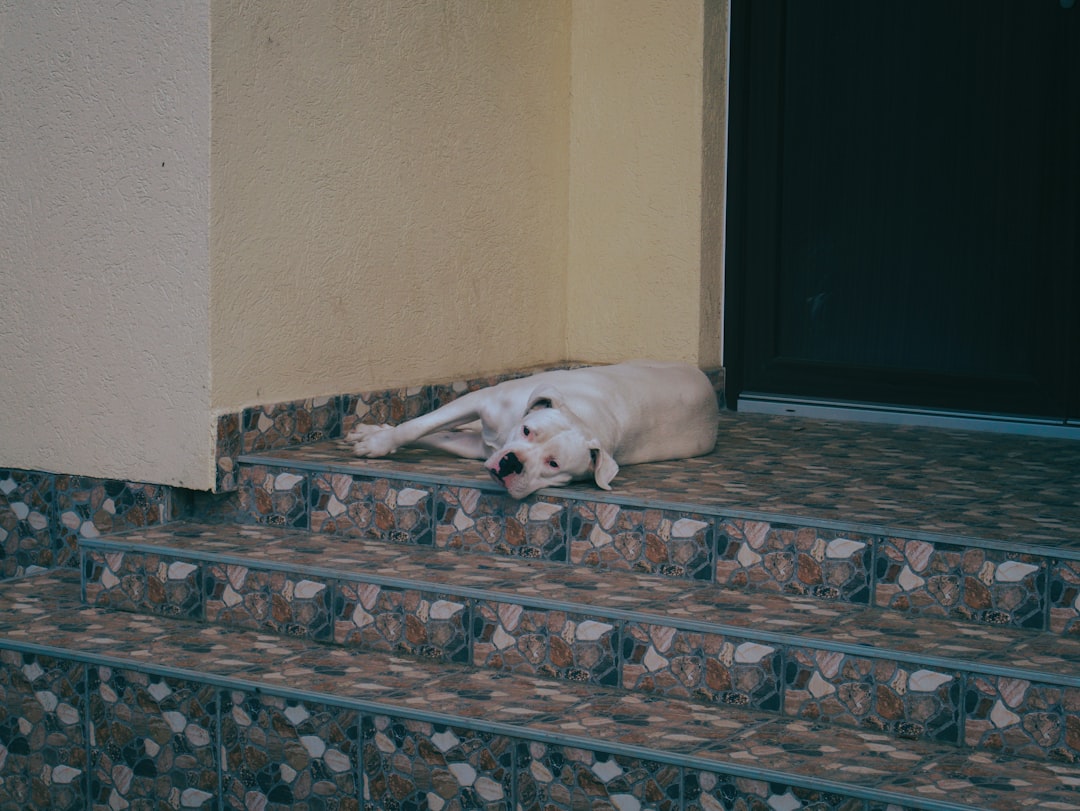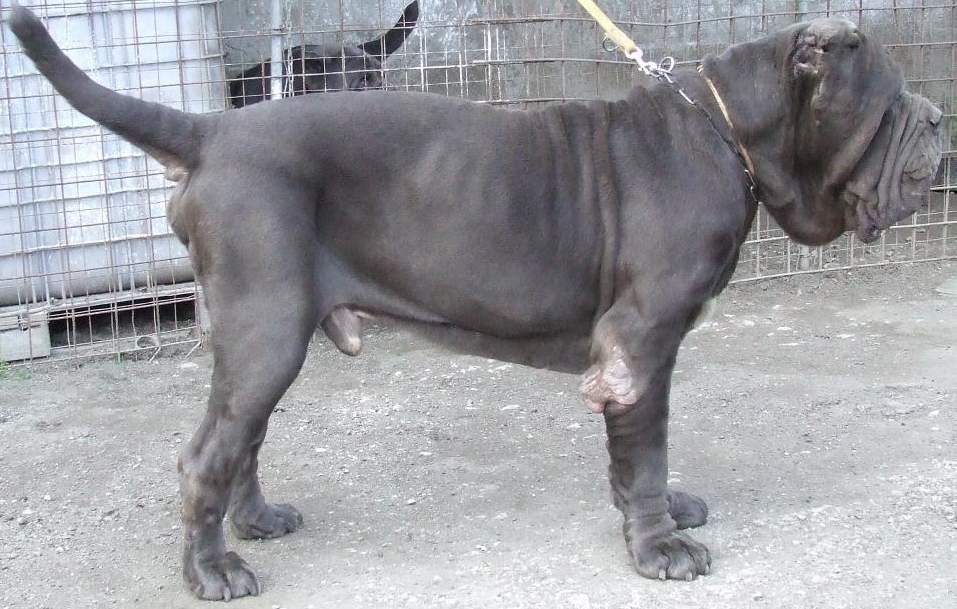Your beloved furry companion has been with you through countless adventures, faithfully following you from room to room and curling up beside you on quiet evenings. You’ve watched them evolve from energetic puppies to wise seniors, and now they deserve the ultimate comfort as they navigate their golden years.
Dogs spend about half their day sleeping and another third lounging, making their sleeping surface incredibly important for their overall wellbeing. According to veterinarians, studies show that 20-65% of dogs develop arthritis as they age, with large breed dogs being particularly susceptible to joint problems, yet many suffer in silence due to their stoic nature. Recognizing when your senior dog needs extra support can make all the difference in their quality of life. Let’s explore the telltale signs that it’s time to invest in an orthopedic bed.
Your Dog Struggles Getting Up from Their Current Bed

Watch your dog closely the next time they wake from a nap. If your dog struggles to get up from their current bed or shows signs of stiffness and discomfort, an orthopedic bed can provide the support they need to make moving easier. You might notice they take longer than usual to stand, or they seem to hesitate before attempting to rise.
Seniors also have trouble getting back up from a laying down position, especially if their bed has been crushed and flattened by their weight. Traditional beds lose their shape over time, essentially creating a depression where your dog sinks down. This makes it significantly harder for aging joints to push up against gravity.
They’re Constantly Shifting Positions and Can’t Get Comfortable

Another sign that you may need to upgrade to an orthopedic dog bed is if your dog seems to constantly change positions. You’ll see them lying down, then getting up, turning in circles, and lying down again in a different spot. Whether your dog is just taking a nap or sleeps in the dog bed, you may notice that he can’t get comfortable.
Is your pet tossing and turning on their existing dog bed? That could be an indication that the bed isn’t comfortable. It might be too soft, too lumpy, or otherwise uncomfortable. This restless behavior is often your dog’s way of trying to find relief from pressure points that cause discomfort on inadequate sleeping surfaces.
You Notice Nighttime Pacing or Sleep Disruptions

They may shift positions, go back and forth between sleep spots, or even pace restlessly. Night pacing is often a sign of pain, indicating the dog is unable to fall asleep or stay asleep due to discomfort. Think about how you feel when you can’t find a comfortable sleeping position, multiplied by the fact that dogs can’t verbally express their discomfort.
You might notice that your senior dog is uncomfortable at night. Perhaps you have even noticed that your elderly dog is suddenly sleeping on the floor instead of in your bed. This behavioral change often signals that their current sleeping arrangement is causing more harm than comfort, and they’re seeking relief on harder surfaces.
Your Dog Shows Stiffness After Waking Up

You may also notice that your dog appears stiff and slow-moving after getting up from their regular dog bed. If your dog seems stiff or experiences joint pain after lying down for a long period, it’s time to consider an orthopaedic pet bed. Older dogs, or those with hip dysplasia or arthritis, often find it harder to get up after resting.
Morning stiffness is particularly telling because it shows that their current bed isn’t providing adequate pressure relief during extended rest periods. It is impossible for our dogs to perform at their best when they continually wake up groggy, stiff, and sore. Quality sleep should leave them refreshed, not more uncomfortable than when they went to sleep.
They’re Avoiding Their Favorite Sleeping Spots

In some cases, a dog may refuse to sleep in his bed at all. As their bodies age and their joints weaken, many senior dogs begin to have trouble accessing their favorite sleep spots. Furniture and overstuffed dog beds can be difficult to climb onto, leading them to choose the cold, hard ground instead.
An older dog might even abandon their too soft bed altogether because of the pain it causes their aging joints and bones and the difficulty of getting out of it. If your dog has started sleeping in unusual places like bathroom tiles or hardwood floors, they might be seeking firmer support that their current bed can’t provide.
You Notice Joint Calluses or Physical Signs of Pressure

Joint calluses are rough, patchy sores that form to protect a dog’s bones from the pressure of lying on hard surfaces. They are most common on the elbows of seniors, but may also affect the hips, hocks, sides of the legs, and sternum. The calluses can be itchy, painful, or even lacerate and become infected.
Hardwood, tile, and concrete flooring are the biggest culprits in the formation of elbow calluses. Even dogs that sleep on beds may be susceptible to these sores if the bedding material does not offer proper support. Repeated use causes inferior beds to flatten under the dog’s weight, eventually providing nothing more than a thin layer of material between their joints and the floor.
Conclusion

Recognizing these signs early can dramatically improve your senior dog’s quality of life and overall health. Many pet parents don’t realize that their dog’s bed has a tremendous impact on the dog’s quality of life. A good orthopedic bed can reduce pain, restore mobility, and help bring back the quality of life every dog deserves.
Your faithful companion has given you years of unconditional love and loyalty. Now it’s time to return that gift by providing them with the comfort and support their aging body needs. Remember, prevention is always better than treatment, and investing in proper orthopedic support can help extend your dog’s active, comfortable years. What do you think about these warning signs? Have you noticed any of these behaviors in your senior dog?

Gargi from India has a Masters in History, and a Bachelor of Education. An animal lover, she is keen on crafting stories and creating content while pursuing a career in education.






